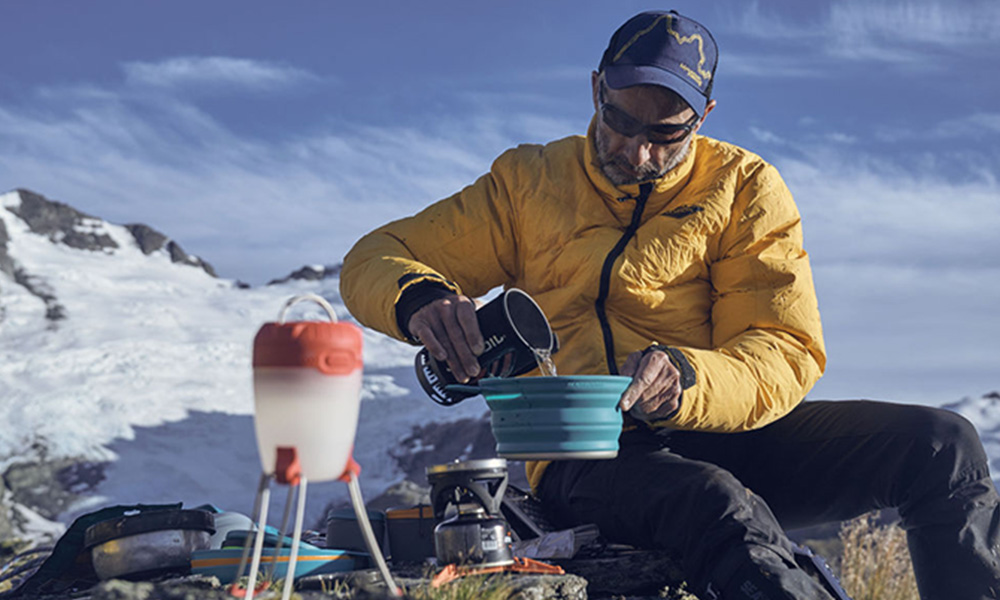| Your browser is not supported. | ||
|
Please browse our site using any of the following options:
| ||
Big Hike, Big Hunger: Snack Tips for your Hike

Fuel your body the right way on your next expedition with hiking food that keeps you going. Tracey and Adrian from Take Shape Adventures live and breathe fitness, nutrition and adventure. They share their top hiking food ideas for the trail and the common mistakes people make when fuelling up for a hike.
Eating for bushwalking is very different to eating for general exercise. Your hiking food intake has a direct impact on how you fare during your adventure. The main thing I see as a nutritionist when I do our Take Shape Adventures walks is the perception of food people have when undertaking long duration exercise. We are constantly challenging people's perceptions that they are eating to stay healthy or lose weight versus eating to give the body the fuel it needs.
If you walk without the proper caloric input there is a very high chance you will burn out after several hours and start breaking down muscle mass. This breakdown of muscles will then further impede your ability to burn calories in the future.
Give yourself the best chance of reaching your hiking goal with the right nutrition choices. Here are our top 3 tips for hiking food and hydration. You'll be surprised at the difference it makes to your adventure.
Hydration
Electrolyte Supplement
Hydration is crucially important when hiking. If you are carrying a 10-20kg backpack you will sweat a lot. On any trip that lasts longer than 90 minutes you should be taking some sort of electrolyte supplement such as Gatorade powder, which has sugars to help maintain electrolyte balance in your body.
Hydration Pack
A hydration pack is our recommended way to carry water because it is always available, safe from being spilt, dropped or lost. We have seen a number of bottles drop out of mesh side pockets on rucksacks! With a bladder handy you can regularly drink water and keep your fluid levels up to avoid dehydration - remember when you feel thirsty you are already dehydrating. We also generally recommend purifying your water along the way either through filtration or ultra-violet sterilisation.
High Energy Hiking Food
Pack high energy dense foods for your hike. Energy density is the amount of calories per gram of food. An apple, for example, has an energy density of 60 - this means there are 60 calories of energy for every 100g of weight. Almonds, cashews and peanuts, on the other hand, have around 600 calories per 100g. This means that you can obtain more energy per gram of food you carry.
Instead of packing healthy and low energy dense foods, a good strategy is to load up on fresh fruit and vegetables before and after your walk as part of an overall health plan, and focus on high energy dense foods when you need them on your walk. One of our favourite foods to carry is homemade muesli cookies.
Pace Yourself
This is where you need to change your perception of food. Try not to think about your hiking food as breakfast, lunch and dinner. Instead, think about it as getting your calorie intake over the duration of the walk.
Instead of eating a lot, eat small amounts at regular intervals when hiking. When you're exercising you generally don't feel like a big meal and it's easier to manage packing, preparation and consumption of small portions when outdoors. Some hiking food ideas you might like to snack on along the way include muesli bars or small handfuls of nuts.
The last thing you want to do is get to an overnight camp tired and hungry and have no energy to put up your tent and enjoy the surroundings. To make the most of your hike, keep yourself topped up with both fluid and calories so you can keep going without burning out!